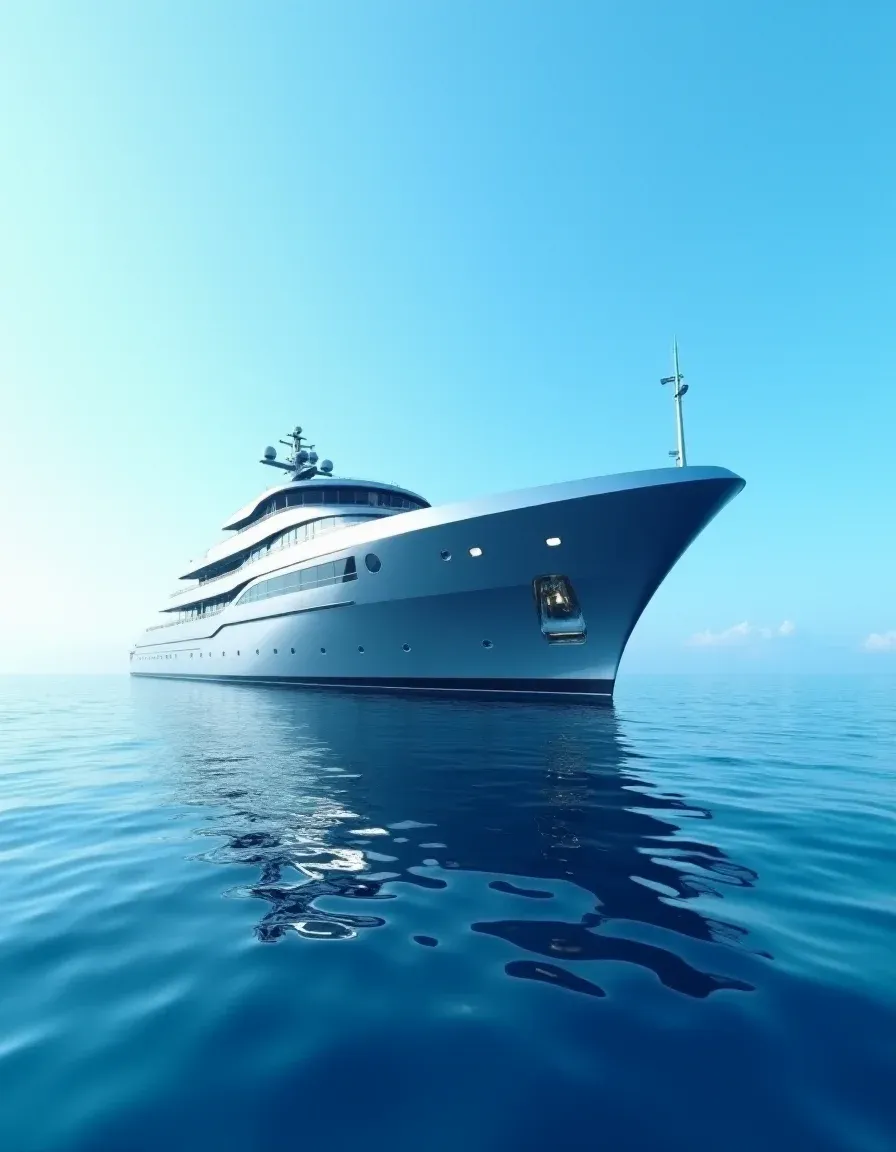How Do Big Ships Stay Put Without Anchors?
Ever wondered how massive ships stay in one spot at sea without anchors? Discover the fascinating technology behind dynamic positioning and its smart navigation system!

Big Ships, Ocean Drift, and Precision Control
You might wonder how those massive ships stay in one spot at sea without anchoring down. Well, turns out, modern technology has a trick up its sleeve called dynamic positioning!
Meet Dynamic Positioning (DP)
Dynamic positioning is this fancy computer-controlled system that uses the ship's very own propellers and thrusters to keep it steady. Here’s how it works: GPS mixed with position reference sensors and wind sensors feed data to a computer. This snazzy system knows all about the environmental forces in play and smartly navigates the ship to stay put.
This tech helps the ship avoid the hassle of anchoring, especially in deep waters or areas with sea bottom congestion from stuff like pipelines. With DP, ships can focus on staying in one spot or even weather vaning (positioning against the wind) without fuss.
Why Skip the Anchor?
Well, sometimes it’s not just about skipping the anchor. Large ocean ships often have extra thrusters hidden around their hull, allowing them to nudge in any direction with precision like in a Carnival Cruise Lines’ Azipod propulsion system. So, even without anchors, they’re not easily pushed around by the waves.
Smart Navigation and Energy Use
Even ancient sailors knew the sea can be pretty unruly. But with DP, ships can balance themselves using very slow engine speed when the seas are calm. It’s a smart way to conserve energy while keeping the onboard amenities humming along.
Now, isn’t that fascinating? No longer do big ships need to rely solely on anchors to stop. Technology ensures they stay just where they want to be, all while minimizing energy and environmental impact. So the next time you’re on a cruise or see a colossal ship in the distance, you’ll know the high-tech wizardry that’s happening below deck.
- Check out more about dynamic positioning on Wikipedia.




